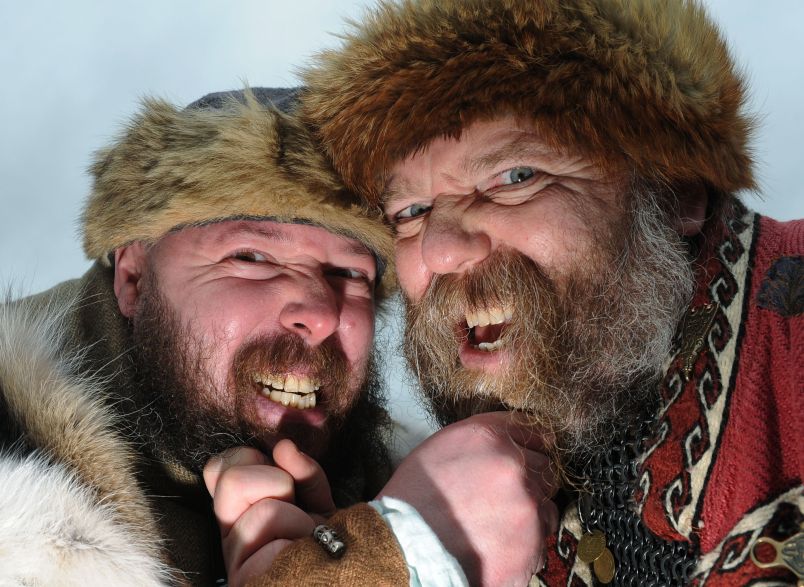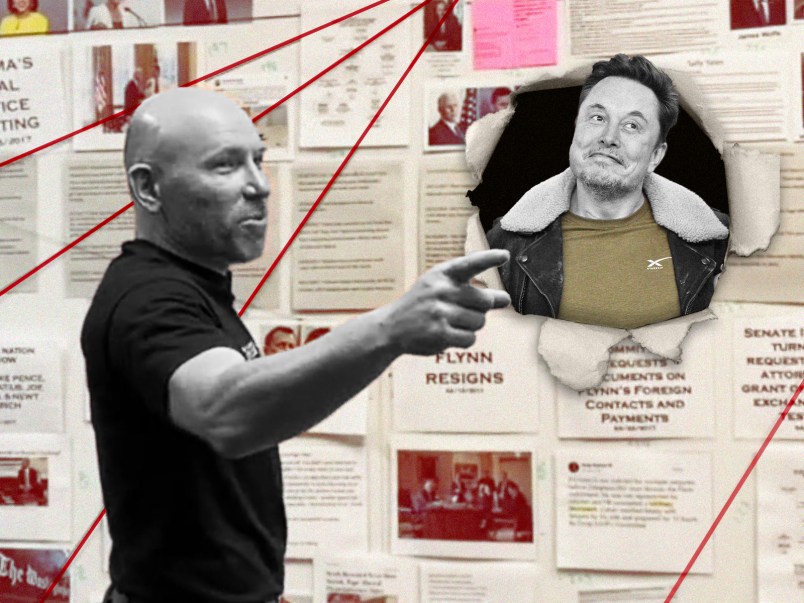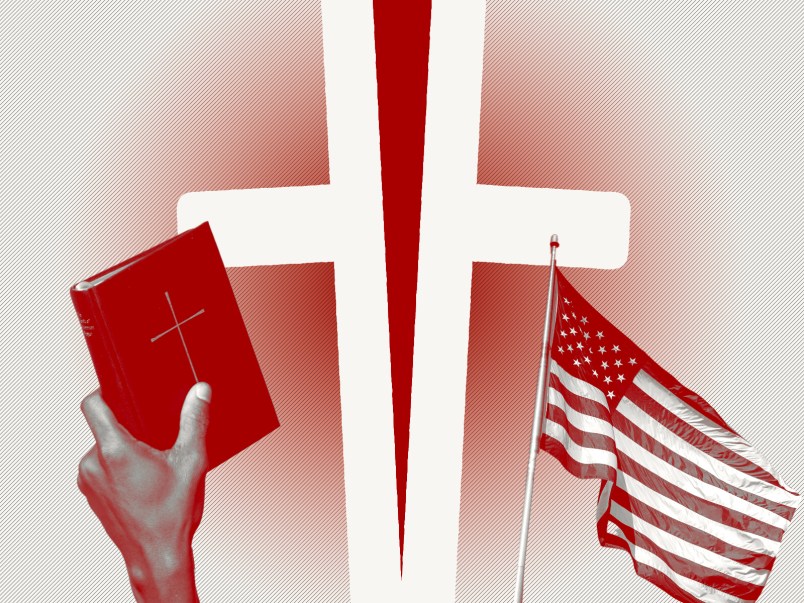LONDON (AP) — They had names like Thorfinn Skull-splitter, Erik Bloodaxe and Ragnar Hairy Pants. No wonder the Vikings have a rough and bloody reputation.
A new exhibition at the British Museum strives to make people think again about the Scandinavian pillagers whose name means “pirate” in Old Norse. Through their ships, weapons, crafts, words and even skeletons, “Vikings: Life and Legend” aims to show how Viking energy and ideas redrew the map of the world.
“They were a global phenomenon,” exhibition curator Gareth Williams said of the bearded buccaneers who sailed forth in the 9th century to descend on terrified English monks, Irish villagers and Russian peasants. “They were raiders and they were traders and they were craftsmen and they were explorers.”
Above all, they were sailors and shipbuilders, whose huge longboats, powered by ranks of rowers, took them across the ocean as far west as Newfoundland. To the east, they sailed down the rivers of Russia to the Black Sea and Central Asia.
The Vikings triggered an era of what the exhibition gently calls “cultural interaction” — though it adds that many of those contacts “bloody and violent.”
Historian Michael Wood — who will host a live broadcast from the exhibition to 380 British movie theaters on April 24 — said the Vikings spurred a “formative, almost propulsive era” in European history.
“Dynastic politics, culture, language, economies — they changed the landscape,” he said.
Seafaring skills take the spotlight in the exhibition, which opens Thursday and runs to June 22. It moves to the Martin-Gropius-Bau museum in Berlin in September.
The centerpiece of the show is the biggest Viking ship ever found. Dug up on the banks of a Danish fjord in 1997, it is 37 meters (120 feet) long and had 40 pairs of oars. Its scale is awe-inspiring even if only 20 percent of the ship’s timbers remain.
But the most spectacular part of the display goes to its enormous range of Viking bling, including gold and silver brooches, necklaces and arm bands, some of astonishing size. One braided gold necklace on display weighs 2 kilograms (4.4 pounds).
There is plenty to underscore the Norsemen’s bloodthirsty reputation, from their enormous swords and axes to the startling skull of a Viking warrior, his front teeth filed down and the grooves filled with pigment.
There’s stark evidence of violence in the 50 headless skeletons of young men found in a mass grave on England’s south coast — a Viking raiding party that failed.
But it also shows the Vikings’ sophistication as explorers, diplomats and traders who dealt in timber, furs and falcons from Scandinavia; whale bone and ivory from the North Atlantic; salt and precious stones from the east — as well as in slaves.
Their roaming brought in goods from around the world. The exhibition includes the Vale of York Hoard, a collection of gold and silver objects from as far afield as Ireland, Afghanistan and Uzbekistan, found in northern England in 2007.
The exhibition will puncture some popular Vikings myths. They didn’t wear helmets sprouting wings or horns — that was a Victorian invention. The helmets on display are simple metal skullcaps.
The Vikings’ terrifying image stands in sharp contrast to the way they saw themselves: as down-to-earth people who valued honor, friendship and good humor above all.
A 1,000-year-old book called the “Havamal,” a trove of Viking folk wisdom, advises that “the best thing in life is to be alive and happy” and says people should leave nothing behind after death but their good name.
Eventually these restless travelers settled down and adopted Christianity, establishing kingdoms and dynasties in Norway, Sweden and Denmark. Vikings settled in across Europe, populating the island of Iceland and becoming progenitors of people including the Rus — from whom we get the name Russia — and the Normans in what is now Normandy in northwest France.
Their legacy lives on in the DNA of millions of Europeans, and in the English language, through a hoard of words including berserk — from the Old Norse berserker, a ferocious warrior.
And their traces are still being found. The exhibition includes the contents of a Viking warrior’s grave — he was buried alongside his ax and sword, inside a boat — unearthed in northern Scotland in 2011.
Viking touches persist in the modern world, sometimes in surprising places. On millions of smartphones, the ubiquitous symbol for a standard form of wireless communication is a rune representing a 10th-century Norse king: Harald Bluetooth.
___
Online: http://www.britishmuseum.org
Jill Lawless can be reached at http://Twitter.com/JillLawless
Copyright 2014 The Associated Press. All rights reserved. This material may not be published, broadcast, rewritten or redistributed.









